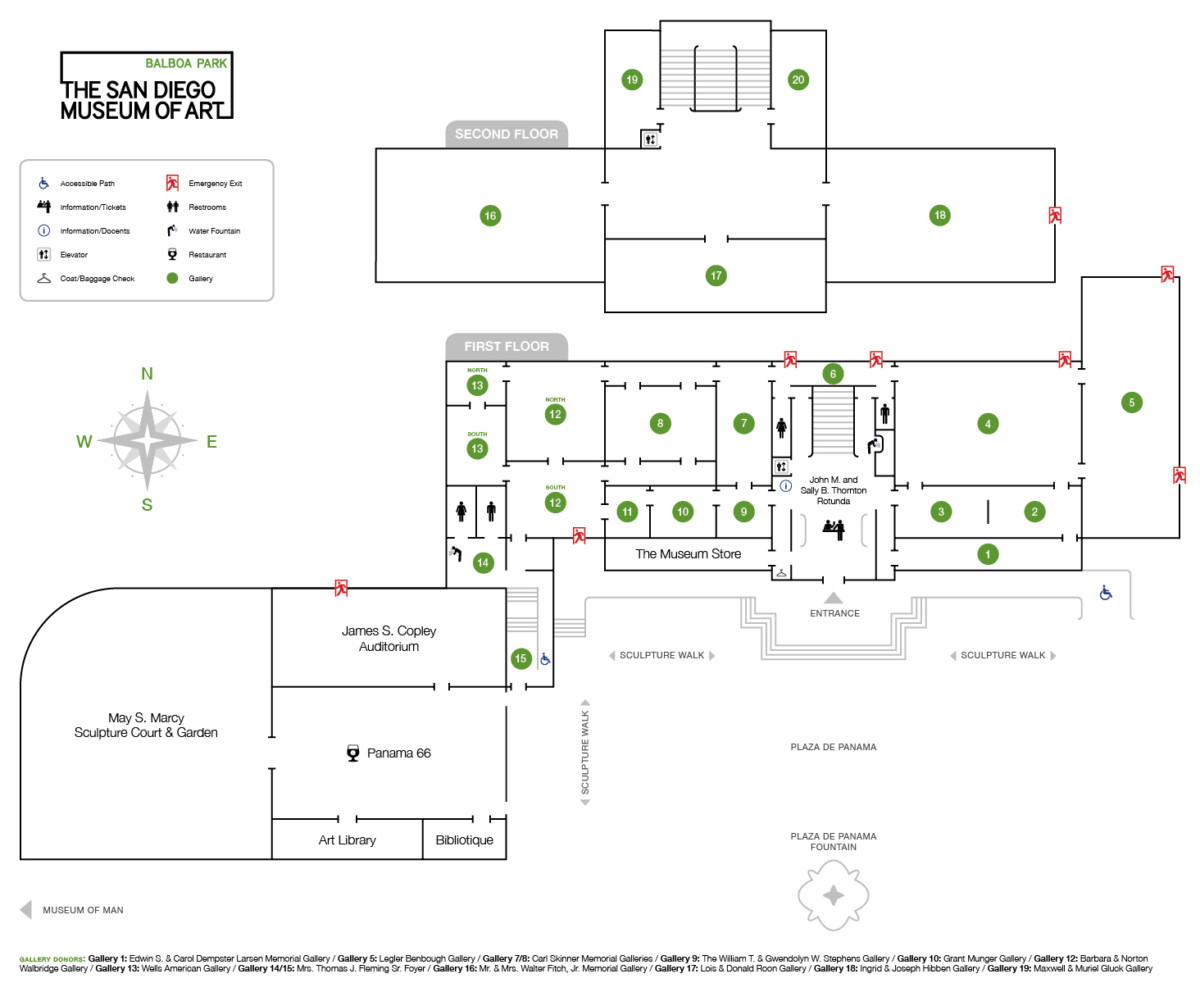 The Dogon peoples live primarily in the Bandiagara escarpment of Mali, alongside lofty cliffs stretching 125 miles parallel to the Niger River. Migrating to this area around the fifteenth century for protection against potential invasions, the Dogon have maintained their heritage, religious traditions, and diverse languages over time. Yet Dogon culture also embodies the syncretism of coexistence with and conversion to other faiths, such as Christianity and Islam, Mali’s predominant religion. The Dogon are best known for their complex cosmology, architecture, and elaborate masked performances and figural sculptures.
The Dogon peoples live primarily in the Bandiagara escarpment of Mali, alongside lofty cliffs stretching 125 miles parallel to the Niger River. Migrating to this area around the fifteenth century for protection against potential invasions, the Dogon have maintained their heritage, religious traditions, and diverse languages over time. Yet Dogon culture also embodies the syncretism of coexistence with and conversion to other faiths, such as Christianity and Islam, Mali’s predominant religion. The Dogon are best known for their complex cosmology, architecture, and elaborate masked performances and figural sculptures.
Dogon masks and sculptures are made by blacksmiths, who are distinguished by special powers according to Dogon myths. When used for sacrifice, these objects are known as dege, or protective figures, and serve multiple functions as representatives, intermediaries, and altars. Dege have been reported to represent ancestors such as nommo, the eight sacred primordial ancestors of humankind; binu, immortal ancestors; and vageũ, deceased family members. Dogon figures may also represent the people using them to pray to Amma, the supreme deity and creator, or to invoke the help of spiritual beings. When activated by nyama, or life force, coming from plants or animals sacrificed to them, dege become intermediaries for communication between the living and Amma. This life force transfers from the figures to the being invoked as well as to the person performing the sacrifice. When they have fulfilled their purpose, they must be discarded or hidden until discovered by descendants, usually after the original owner’s death. At this point, the figures are no longer imbued with ritual power, but may represent or be associated with the deceased.
The Museum wishes to thank Denise Rogers, Ph.D., Professor of Art History and Manager of the World Cultures Collection at San Diego Mesa College, and the African and Pacific Arts Council for their expertise and support in preparing this exhibition.
Read the A Dogon Figure from Mali: Bridge to the Spirit World full exhibition label text in English and Spanish.
Featured at top right: Standing figure holding object above head (detail), Dogon peoples, Mali, Bandiagara escarpment, 19th–early 20th century. Carved wood. Gift of Valerie Franklin. 2019.27.


